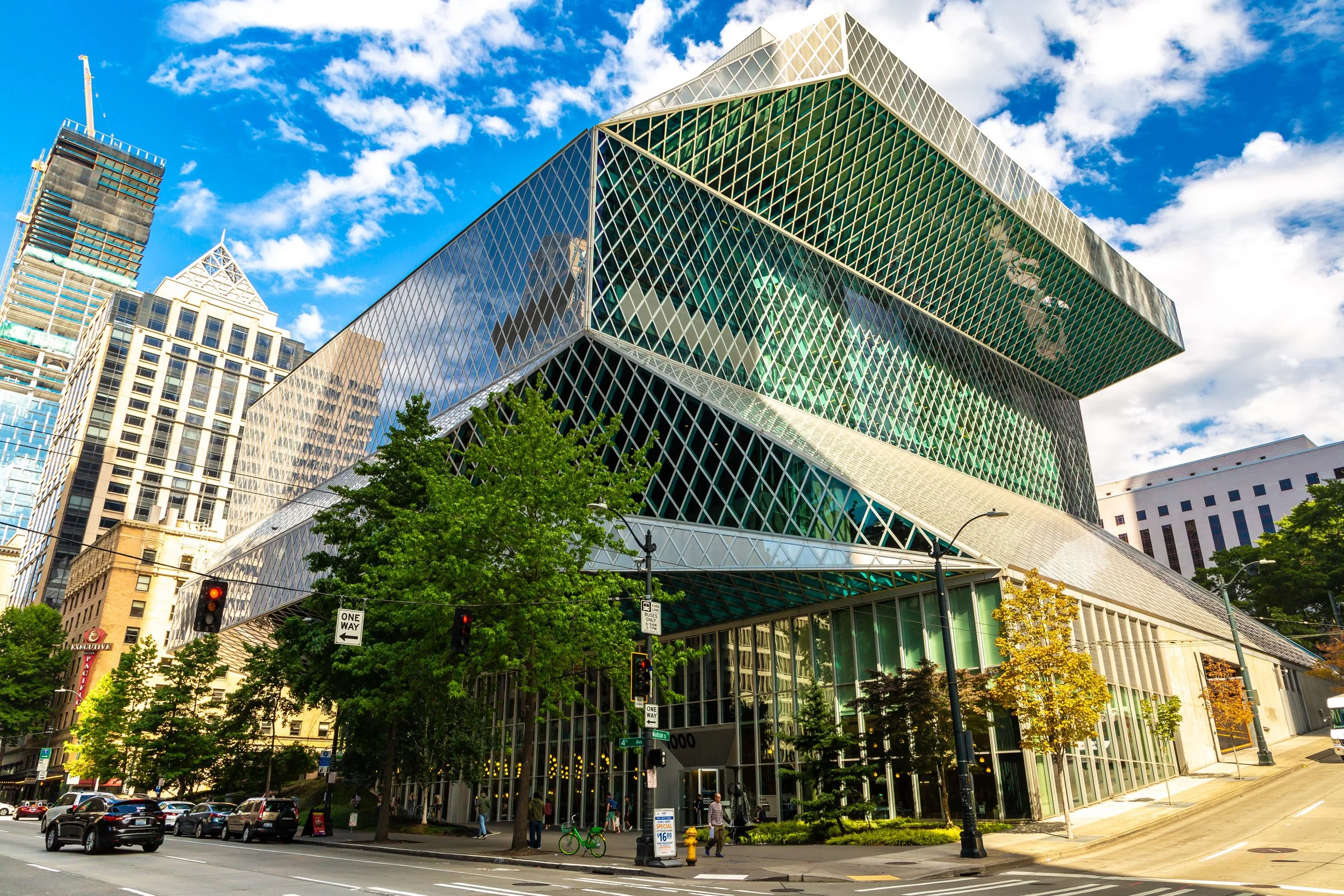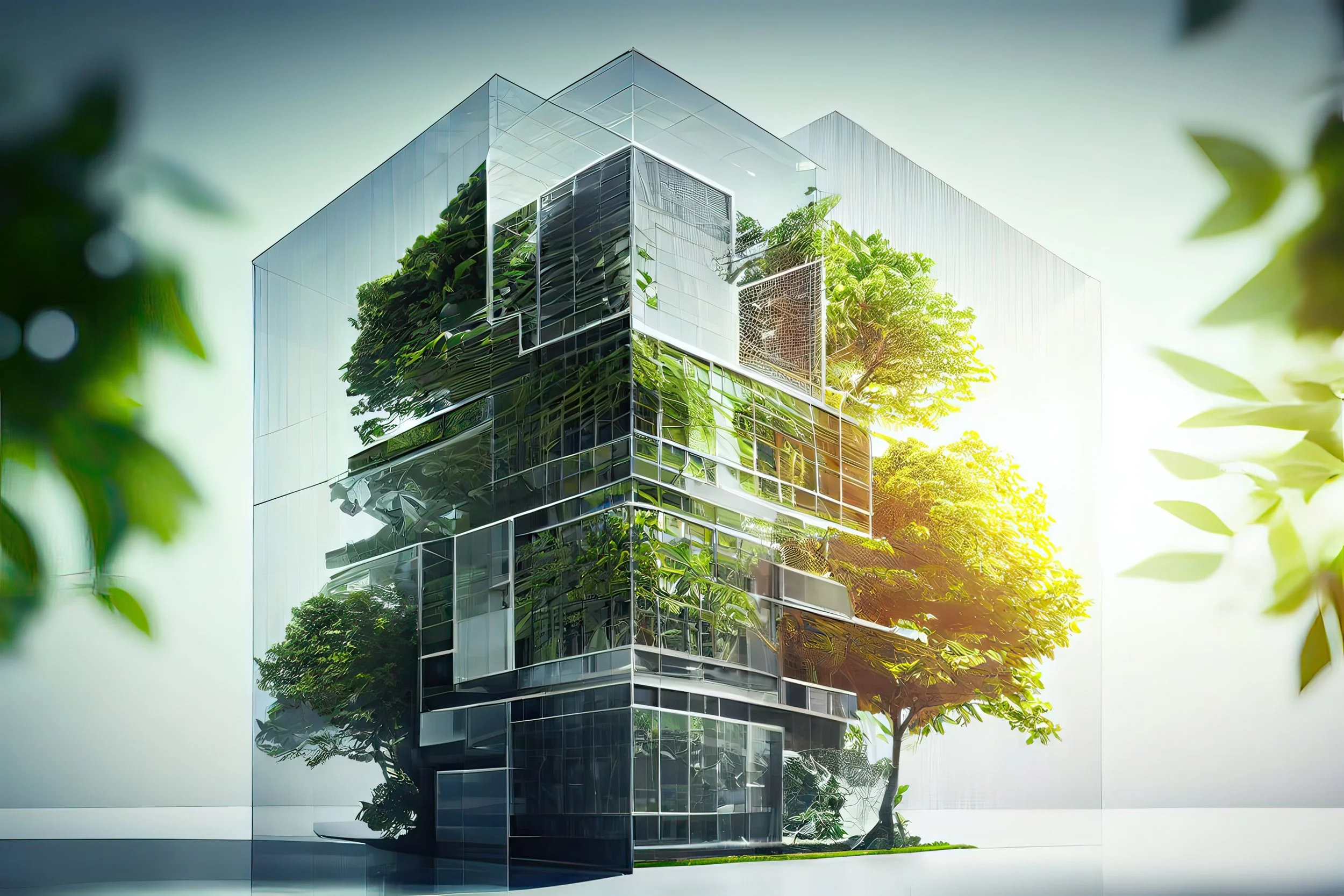5 Recent Trends And Innovations In Commercial Architecture
Commercial architecture aims to perfectly balance art and science in designing buildings and structures for business and organizational use. Thus, it’s responsible for creating functional and visually appealing buildings in various locations worldwide.
Like the other primary industries, architecture has evolved in the last few years. It continues to revolutionize the way private and public spaces are designed. This article discusses the recent commercial architecture trends worth considering for your next building project.
Trend 1: Customized Office Solutions
Businesses and offices are run differently and have different design priorities; that’s why commercial architecture enables customized office solutions for their clients. Instead of traditional designs and commercial building layouts, some may prefer the modular office system, which offers high flexibility and scalability without sacrificing a building’s aesthetic appeal.
Another solution is to design flexible office spaces that can be used for different purposes, depending on the company’s ever-changing needs. Staff members working in a flexible office space can choose which section they want to work in to boost productivity. In some cases, though, these unconventionally designed commercial spaces feature open floor plans.
Trend 2: Integrating User Wellness In Design
Pre-pandemic, office workers spent many of their waking hours in the office. But besides having ergonomic office fixtures and regular checkups, their health and wellness weren’t a significant consideration in the design stage.
This changed as more architects and interior designers turned to biophilic architecture to boost employees’ moods, cognitive performance, productivity, and morale. To the uninitiated, this building design approach incorporates nature and its natural elements to contribute to the occupants’ health and well-being.
For instance, commercial buildings have integrated natural lighting, improved ventilation, and access to nature to promote wellness. Similarly, biophilic buildings use eye-calming color palettes and natural materials.
Trend 3: Understanding Users’ Values And Behavior
Psychographics is often recognized as a marketing term used in segmenting people according to their psychological variables. These include attitudes, lifestyles, values, and fears.
It may be far-fetched, but some building designers turn to occupants’ psychographics to help them with the design. More than just considering age and gender, this design consideration trend allows designers to understand how clients can optimize building use by studying what’s important to them and how they feel about working and simply being in the building.
Trend 4: Green Buildings
Creating sustainable buildings isn’t a new concept, but it has become more popular recently. Organic architecture is one of the strongest guiding principles for designing sustainable buildings, which aims to create structures that mesh with their natural surroundings. It focuses on the relationship between human habitats and their environment. As such, it considers the structure’s materials, purpose, and materials to create a cohesive design.
We all know cement and steel production are the biggest contributors to greenhouse gas emissions. A sustainable design often integrates materials that reduce carbon emissions, waste generation, and durability.
Green buildings often use eco-friendly materials, like recycled steel and wood, to reduce the negative impacts of manufacturing and construction on the environment. Moreover, you don’t have to start from scratch when designing a green building, as existing systems and structures can be redesigned to accommodate this trend.
Sustainable structures are often designed to optimize energy efficiency and integrate water and resource conservation systems and recycling practices. These dramatically reduce operational costs while saving the planet. Take a look at some of these green living spaces in New York City.
Trend 5: Technology Integration
Smart technology is an emerging trend in home and commercial construction, and it’s only a matter of time before they find their way into commercial architecture. As such, it has enabled building designers to integrate innovative and responsive structures.
Like smart homes, commercial buildings can offer an office environment dependent on user-controlled settings. With it, occupants can manage their environmental conditions, like light color, intensity, or temperature. Cited as the smartest building in the world, Amsterdam’s The Edge helps workers find a free desk and assists them in parking their vehicles as they arrive. The building has sensors measuring motion, humidity, light, and temperature.
Many innovative solutions can be integrated into a commercial building project, and it’s up to the design planners to gather and use data correctly to make occupants and employees feel safe and comfortable in their workspaces.
Conclusion
The commercial architecture industry has been experiencing some exciting changes lately, with many new and innovative designs being conceptualized and materialized. Despite the different emerging trends, there’s one common principle that doesn’t change for commercial architecture; and that’s focusing on social, environmental, and functional aspects of the project. Nevertheless, there’s never been a better time to build or renovate a commercial building.












